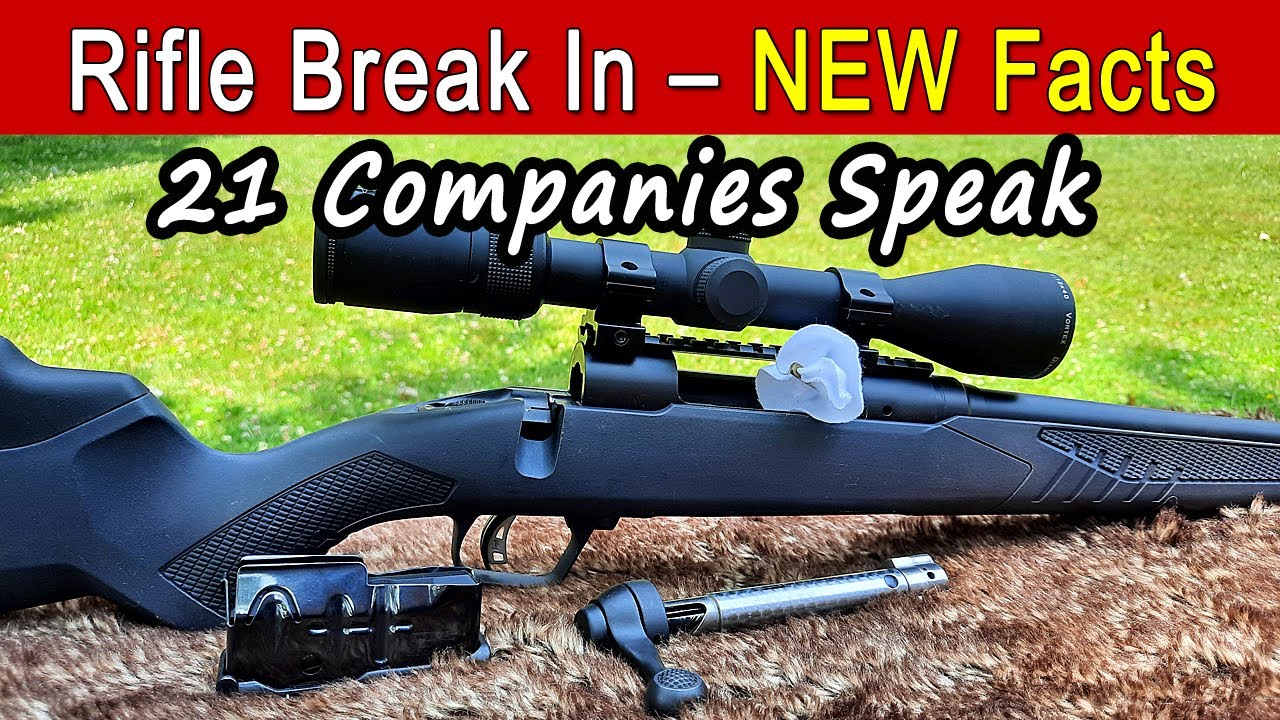Browning has the following advice on its web site:
>> For the first ten shots we recommend, if possible, using jacketed bullets. After firing each bullet, use a good copper cleaner (one that has ammonia) to remove copper fouling in the barrel. Always follow the directions listed on the cleaning solvent package or barrel damage may occur. We do NOT recommend anything with an abrasive in it since you are trying to seal the barrel, not keep it agitated. If you look into the end of the barrel after firing a shot, you will see a light copper-colored wash in the barrel. This must be removed before firing the next shot. Somewhere in the procedure, around shot 6 or 7, it will be obvious that the copper color is no longer appearing in the barrel. Continue applications through shot 10.
If you have any ammunition left, you then may shoot two rounds and clean it for the next ten shots. This is simply insurance that the burnishing process has been completed.
In theory what you have just accomplished is the closing of the pores of the barrel metal which have been opened and exposed through the cutting and lapping procedures.
After following the procedure, your barrel's interior surface will be sealed and should shoot cleaner and develop less fouling for the rest of its shooting life. <<
Is this normal procedure for a new gun? Do most of y'all do it? Do other manufacturers recommend something similar?
>> For the first ten shots we recommend, if possible, using jacketed bullets. After firing each bullet, use a good copper cleaner (one that has ammonia) to remove copper fouling in the barrel. Always follow the directions listed on the cleaning solvent package or barrel damage may occur. We do NOT recommend anything with an abrasive in it since you are trying to seal the barrel, not keep it agitated. If you look into the end of the barrel after firing a shot, you will see a light copper-colored wash in the barrel. This must be removed before firing the next shot. Somewhere in the procedure, around shot 6 or 7, it will be obvious that the copper color is no longer appearing in the barrel. Continue applications through shot 10.
If you have any ammunition left, you then may shoot two rounds and clean it for the next ten shots. This is simply insurance that the burnishing process has been completed.
In theory what you have just accomplished is the closing of the pores of the barrel metal which have been opened and exposed through the cutting and lapping procedures.
After following the procedure, your barrel's interior surface will be sealed and should shoot cleaner and develop less fouling for the rest of its shooting life. <<
Is this normal procedure for a new gun? Do most of y'all do it? Do other manufacturers recommend something similar?



 LiveLife: that is good. They asked manufacturers.
LiveLife: that is good. They asked manufacturers. This reminds me of the mass-anxiety/ internet “wisdom” about a certain type of ammo component (steel)-which had been about corrosive Primers—Not cases. Go along to get along.
This reminds me of the mass-anxiety/ internet “wisdom” about a certain type of ammo component (steel)-which had been about corrosive Primers—Not cases. Go along to get along.